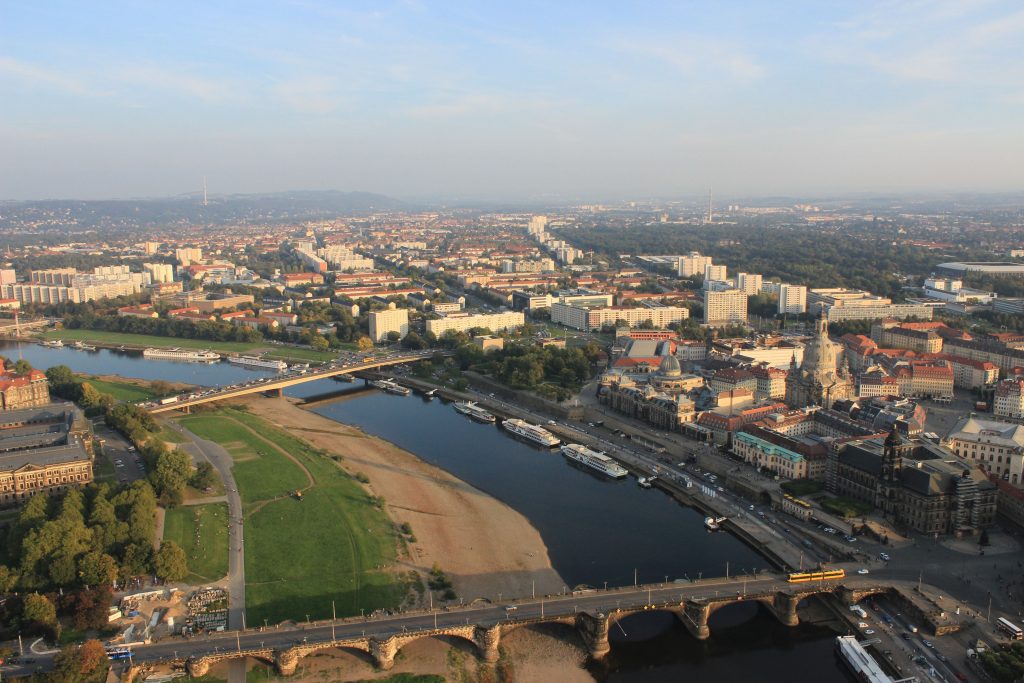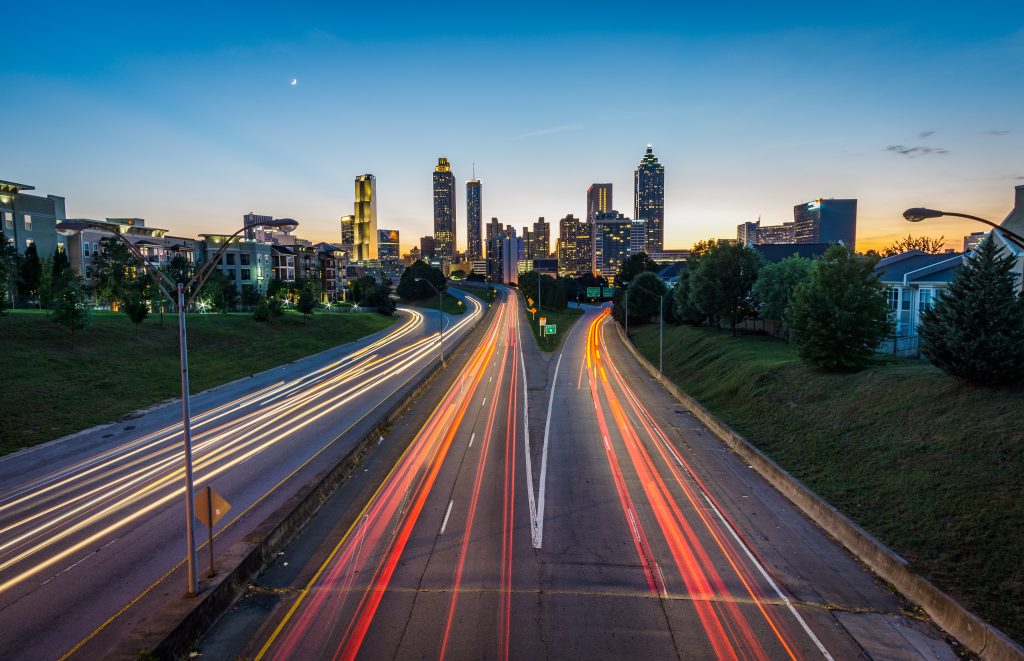July 23, 2020 – The worldwide corona pandemic has also left clear marks on Dresden’s city traffic. The lockdown and the various loosening phases have led to a significant shift in traffic volumes and a change in mobility behaviour. The city planning office, together with the Technical University (TU) of Dresden, has investigated both. Emerging trends are: shorter distances, less use of cars and public transport, but more cycling and walking, a change in the daily distribution of activities and travel (flattening of traffic peaks).
“The lockdown and the various loosening phases have led to a significant shift in traffic volume and different mobility behaviour. With a regard to our environment and a city worth living in, the question arises as to whether this change in behaviour will continue when working, shopping, in leisure time or when travelling and how the state capital Dresden can support such a trend”, is how Environmental Mayor Eva Jähnigen, representing the Transport Mayor, outlines the challenge.
Traffic analyses for the lockdown phase
The urban planning office has analysed traffic development from the beginning of March to the end of May 2020. For this purpose, data from various sources – a total of about 18,000 data sets – were evaluated: data from automatic level counting stations for motor vehicle and bicycle traffic, from automatic counting systems in trams, city buses and suburban trains, as well as the usage figures for taxis, teilAuto, SZ-Bike and Clevershuttle. The trend in the Corona pandemic can also be compared with data from the previous year. The study is intended to provide answers to questions, including “Which trends can be reliably identified and compared? Which modes of transport were most affected? Can short-term effects be distinguished from long-term effects?”
Longer-term analyses are necessary on issues such as: Is there a different distribution of traffic over the day? What effects do home office or homeschooling have on urban traffic? Is there an online shopping effect in the area of mobility, for example through more truck traffic? Have new transport preferences emerged as a result of hygiene requirements?
Survey on mobility behaviour during corona pandemic via app
In addition to the traffic analyses, the city planning office has initiated a study on the mobility behaviour of Dresden’s citizens. For this purpose, the TU Dresden made it possible to use the App TravelVu at short notice in the project “Dresden on the move – urban traffic in special times”. “With the collection of behavioural data via app, Dresden is a pilot user of this new survey instrument in Germany. There is no other German city that is known to record mobility in corona times by using an app”, Professor Regine Gerike from the Faculty of Transportation Sciences at the TU Dresden describes Dresden’s pioneering role in the scientific development of new survey methods for mobility behaviour. From May 4 to June 30, 2020, participants were able to voluntarily record their journeys over a week or longer using a smartphone-based app. This longitudinal survey provides insight into the mobility behaviour of an occasional sample in different loosening phases. In total, the citizens of Dresden, who were recruited exclusively through public relations work, contributed data records of their mobility for over 7,000 days to the evaluation. “I would like to thank everyone who took part. The results are an important basis for making Dresden’s transport system future-proof and even more crisis-proof,” says Environmental Mayor Eva Jähnigen.
It is not surprising that mainly working people participated in this survey. The data for this population group show clearly how the use of transport has developed, for which purposes people travelled how often, how far and how long. Even though the survey is not based on a “representative” sample, the results provide sufficient information on the behaviour of the working population during corona relaxation phases. It is possible to depict trends that have occurred or are apparently developing and which may or may not be confirmed in follow-up surveys, at the latest in the regular SrV 2023 (household survey “System of representative traffic surveys” every five years).
“It is important that we continue to observe the development and obtain information as to whether the changes in working time models and traffic behaviour at corona times might possibly become more permanent. Then we have to incorporate corona-related development leaps into urban planning, especially in the updating of the sustainable urban mobility plan” says Eva Jähnigen, explaining the strategy for dealing with the results.
As part of the Horizon 2020 project MAtchUP, the results of the sustainable urban mobility plan, which will be updated in the future, will be published as English version in order to ensure broad dissemination of the urban mobility developments in Dresden.
Full presentation in German available here.
Article on official Dresden website here.
Translated by MAtchUP Office Dresden.
Cover picture: Frank ExB DML Lizenz / Nutzung: Namensnennung-Kommerziell (DML BY)


